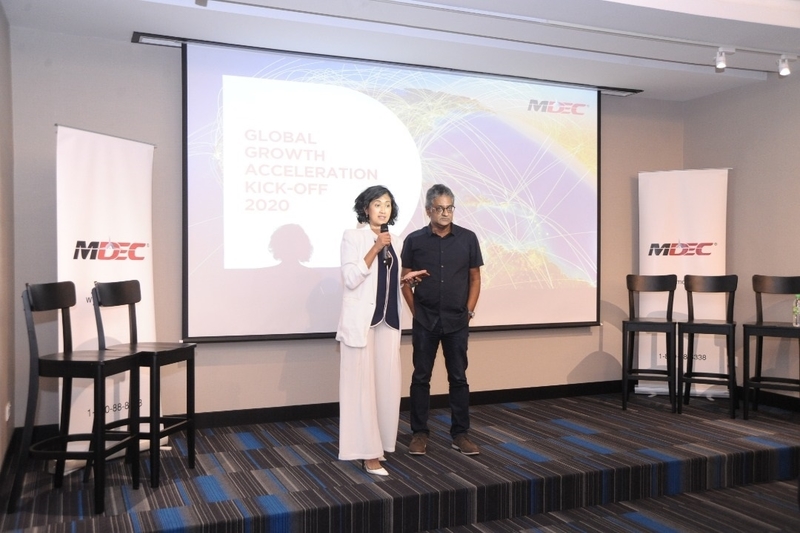
According to the Chief Executive Officer of Malaysian Digital Economy Corporation (MDEC), this year will be a year where Malaysian firms will be encouraged to crow about their successes.
Talking to representatives from Malaysia’s leading tech companies, including participants in MDEC’s Global Acceleration and Innovation Network (GAIN) programme, the CEO stated that this year going forward, MDEC will be upping its agenda as far as internationalization is concerned.
Building a robust digital economy requires developing the right talent, having businesses that are digitally empowered and encouraging more digital investments. This means that everybody adopting digital, and people investing in digital.
Despite having 65 companies in the GAIN programme generating RM4.1 billion worth of exports since 2015, the exposure of this success could still be better.
Malaysia competing for customers, competing for investors and competing for media attention, the CEO reminded the audience. Therefore, it’s important to always be celebrating success.
Labelling Malaysia as “the heart of digital ASEAN”, the CEO said that Asia as a whole is now recognised by the world as the most promising area of growth and that Malaysia should not miss its opportunity with the interest generated.
In line with this need to raise awareness, the CEO pointed MDEC’s recent partnership with Startup Genome, to better assess and publicise the nation’s start-up ecosystem.
Leaders have been scouring Malaysian digital hubs for exciting new start-ups. These are amazing companies (and) the teams in charge of scouting them see some good products coming out of these hubs.
The aim is to start amplifying this; to take these good companies, show them to the bigger companies to see if they want to partner with them, or to invest in them or whether they want to grow them.
This is in line with the government’s clear policy in encouraging local companies to go digital, including the recent budget that allocated more than RM1 billion worth of incentives in the form of matching grants.
If the nation’s brick-and-mortar companies and consumers, don’t know how to use digital things won’t move. The CEO clarified that the budget incentives are to encourage Malaysian corporations to accelerate their digital adoption which in turn will open up business opportunities for Malaysian tech companies to assist them.
MDEC working to upskill digital workforce
Towards the goal of enabling more Malaysians to take contribute to and benefit from the digital economy, MDEC announced a collaboration with a private education organization which will establish operations in Kuala Lumpur, it’s second in Southeast Asia.
The signing event was officiated by Minister of Communications and Multimedia, who highlighted that the government will share the responsibility of the growth of the economy with industry players and the public.
All parties must do their part to equip fellow Malaysians with the skills and knowledge needed to succeed as a productive member of an innovation-driven and knowledge-powered nation.
The hope is that, eventually, Malaysia’s digital and tech professionals will be able to grow and become the very best within the global digital industry.
The institute will provide customised training for life-long learning in today’s rapidly evolving digital economy; specifically, for Malaysia’s digital and tech talents.
This includes offering critical and in-demand upskilling content and processes that match current and next-gen digital capabilities; introducing radical reskilling for those who need to pick up new digital roles; and creating a new talent pipeline that operates as an on-demand service.
All three are the core focuses for the institute as it aims to transform careers by augmenting them with in-demand specialised skills.
The training can be provided through a series of classes, hands-on immersion workshops, or customised development. Ultimately, this talent development platform wants to help businesses develop progressive yet sustainable pipelines for the digital and technology sector.
















